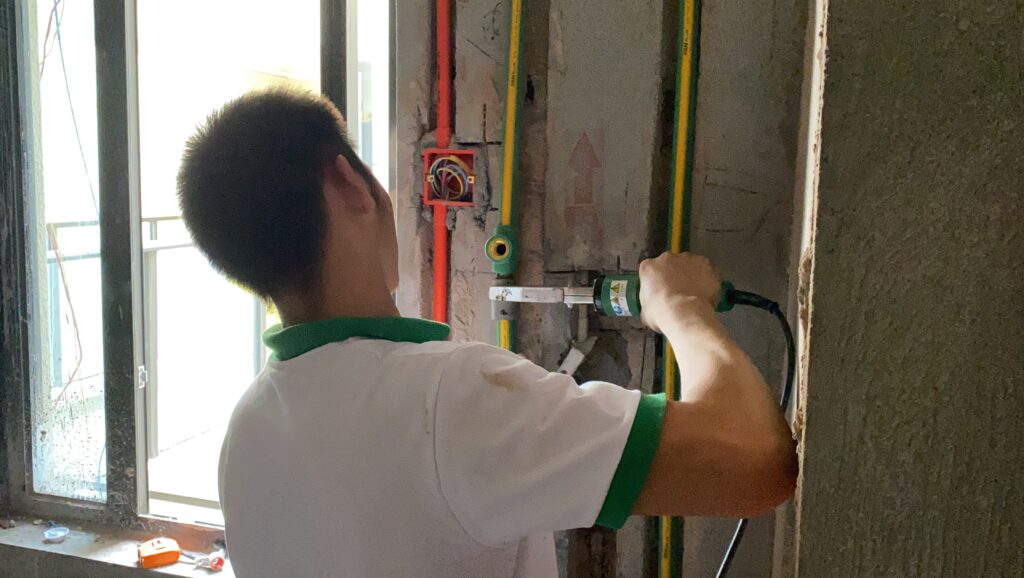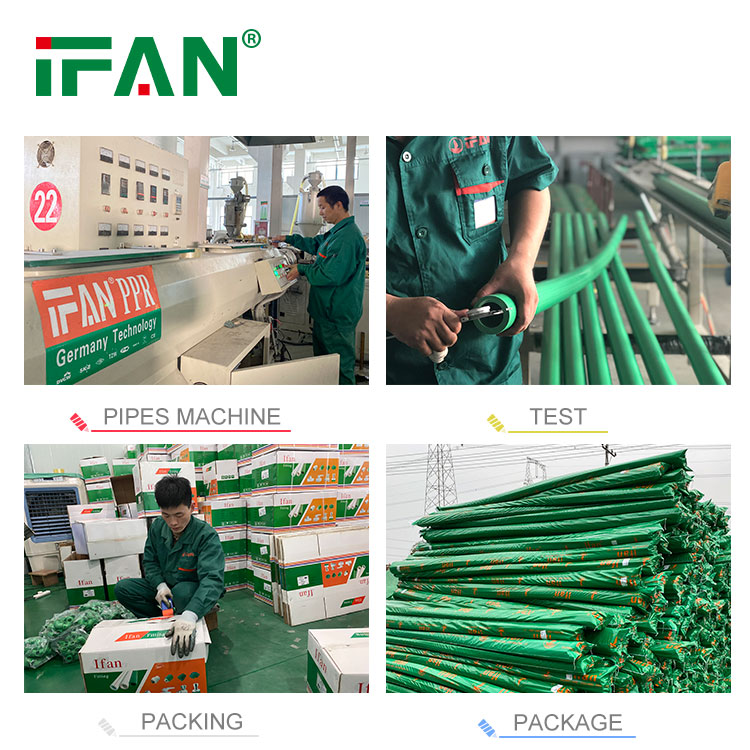How to install a PPR water pipeline? Installing PPR water pipelines is a very important job because it directly involves the life and safety of the family. The followings are the whole process and precautions of PPR water pipeline installation.IFAN Facebook Website:www.facebook.com,IFAN factory has 30+ years manufacture experience supporting color /size customization support Free Samples.
The whole process:
Design and plan:
Before installing a PPR water line, you first need to have a good design and plan. This includes measuring all areas where water piping will need to be installed and calculating the lengths, bends, and number of joints required.
Prepare tools and materials:
Make sure you have all the materials and tools needed, such as water pipes, pipe joints, bends, clamps, cutting tools, heat fuser, etc.
Prepare the pipeline:
Cut the pipe to the desired length and shape and clean the end of the pipe with sandpaper.
Install the connector:
Insert the fitting into the end of the pipe and secure the fitting with a clamp. Make sure that the fittings are securely installed and will not leak water.
Install the bend:
Insert the bend into the end of the pipe and secure the bend with a clamp. Make sure the direction and position of the bend is correct.
Connect the pipeline:
Join the pipe and fitting or bend together and heat with a heat fuser until the pipe and fitting or bend are fused together.
Test water flow:
After all the plumbing is installed, test the water flow by turning on the faucet to make sure the water flow is smooth and there are no leaks or seepage.


Precautions:
Safety first:
When installing PPR water pipelines, all relevant safety regulations and operating methods must be followed. Especially when using a heat fuser, extreme care must be taken to avoid accidents such as burns and fires.
Accurate measurement:
During the design and planning stages, be sure to measure each location where water piping needs to be installed and determine the required lengths, bends, and a number of joints. This avoids wasted material and time, as well as future problems with loose plumbing connections or water leaks.
Use the correct tools and materials:
Using improper tools or materials can result in a less-than-expected plumbing installation or problems during use. Be sure to use the correct tools and materials to ensure a successful plumbing installation.
Avoid damaging the pipeline:
During operation, care should be taken to avoid damage to the pipeline. If the pipe is damaged, it may cause problems such as water leakage. Therefore, care must be taken during operation to ensure that no damage is caused to the pipeline.
Test water flow:
After completing all plumbing installations, be sure to perform a water flow test to ensure that the water is flowing smoothly and that there are no leaks or seepage. If you find a problem, please solve it in time.

